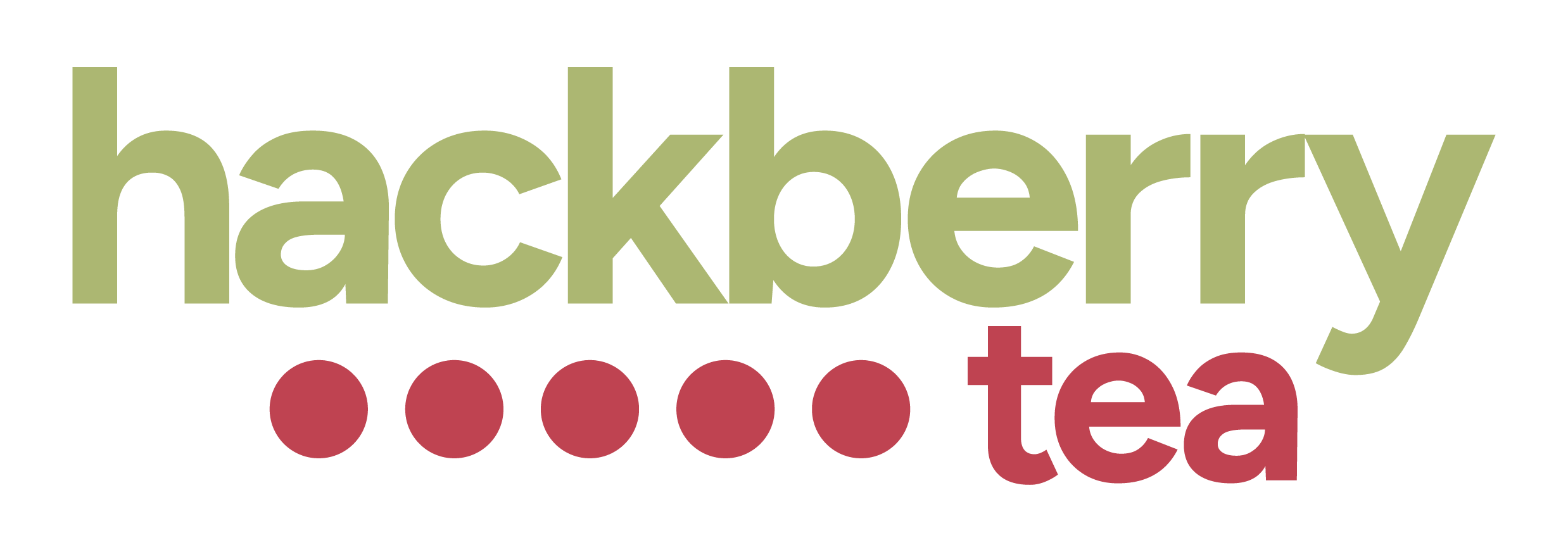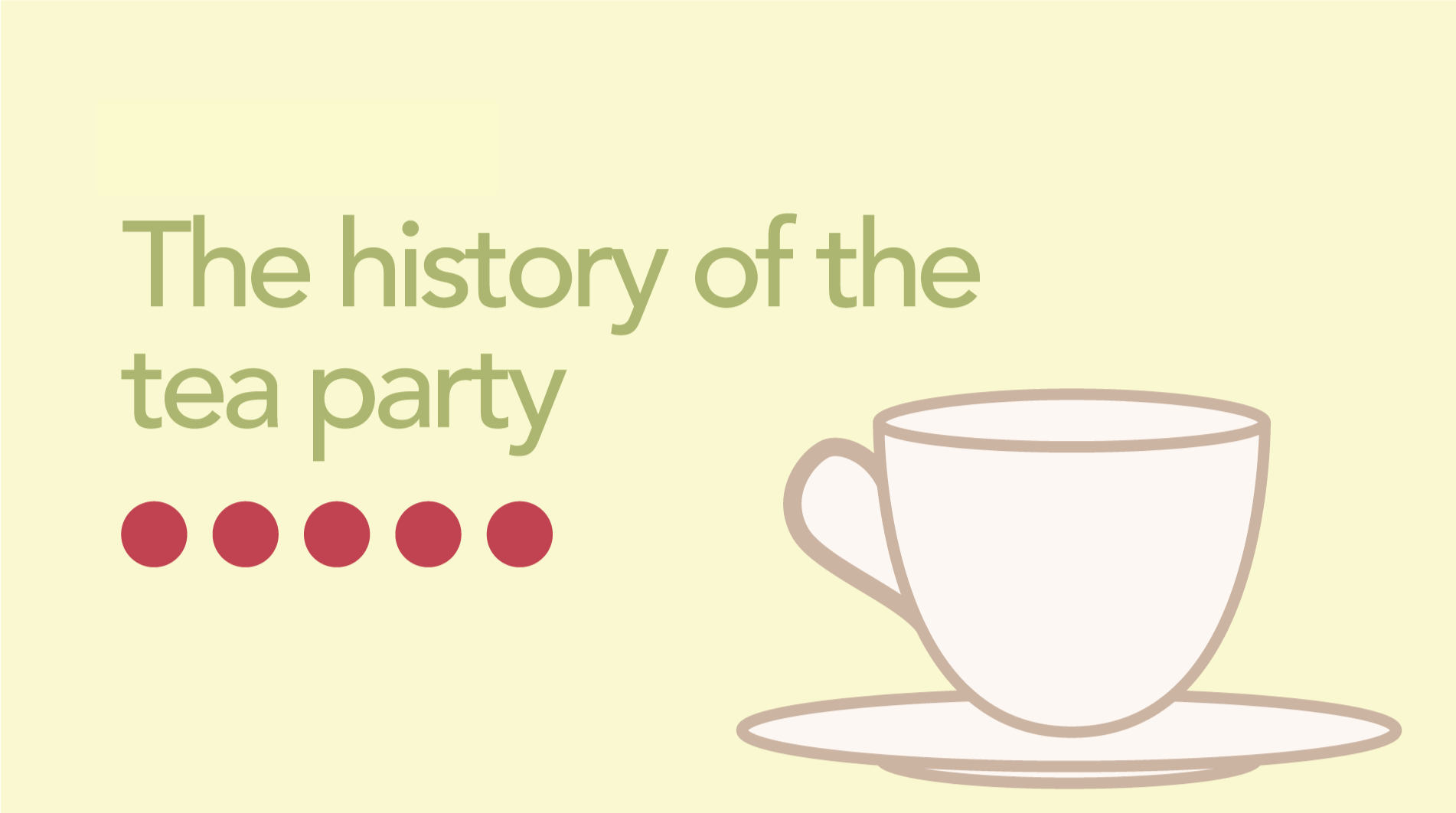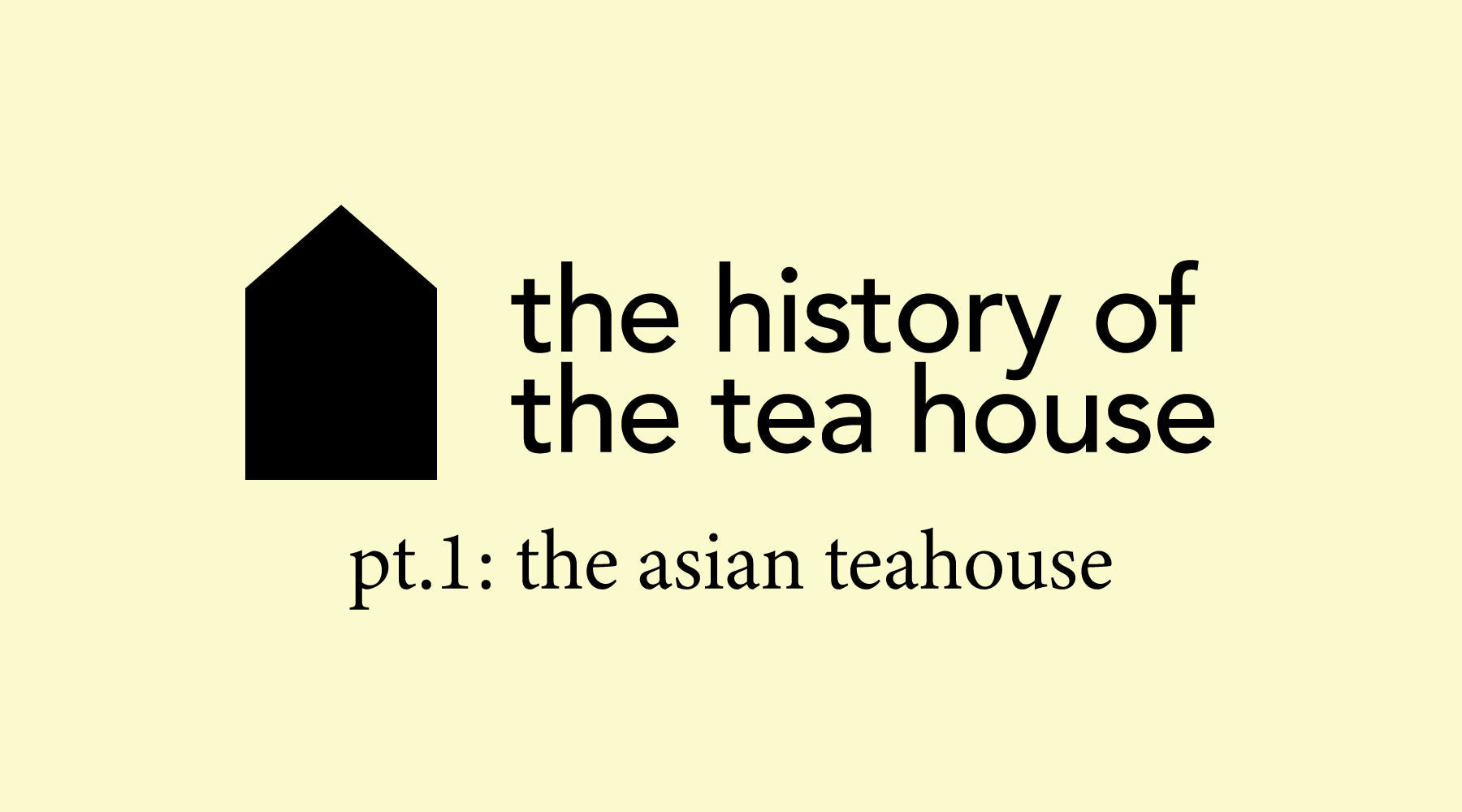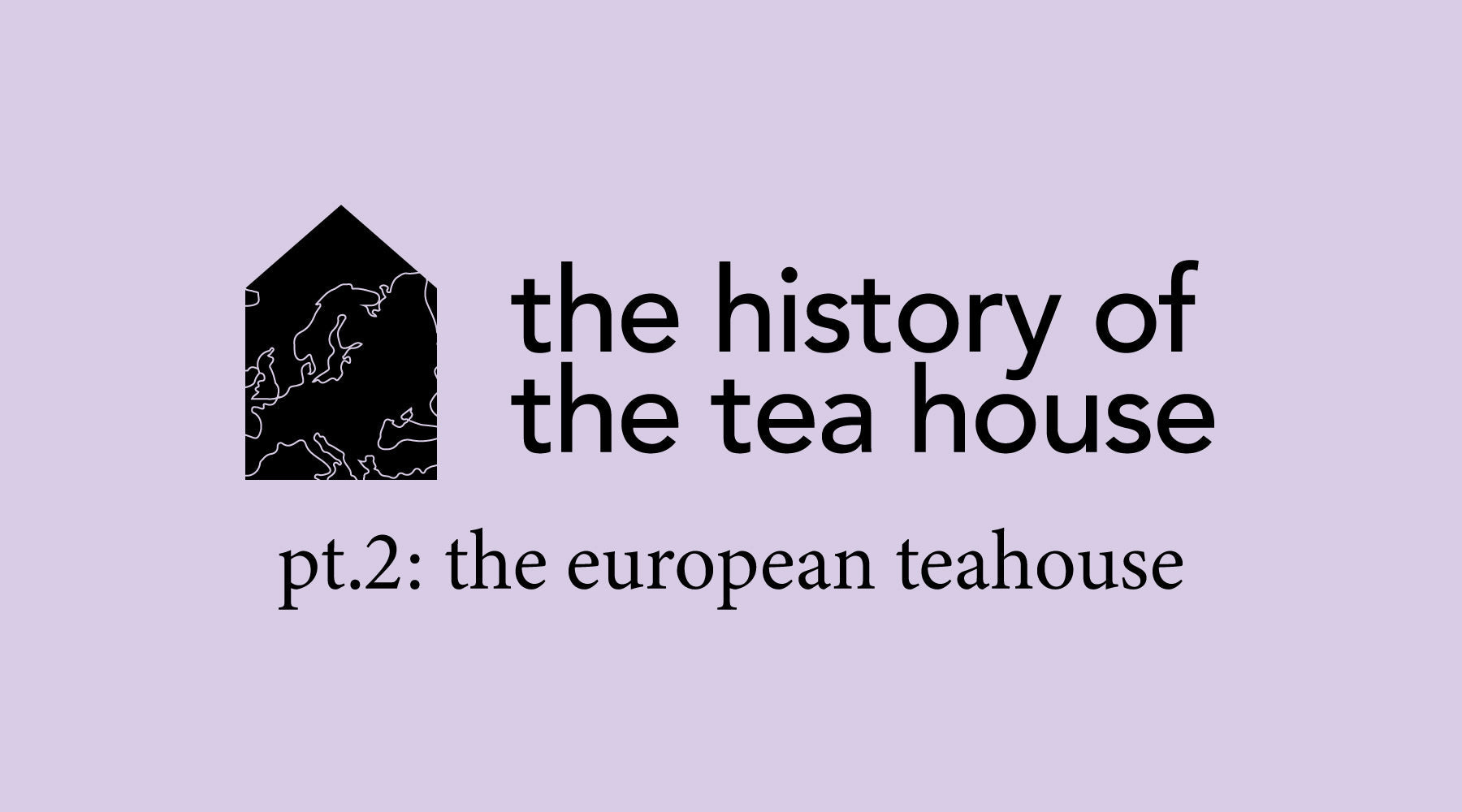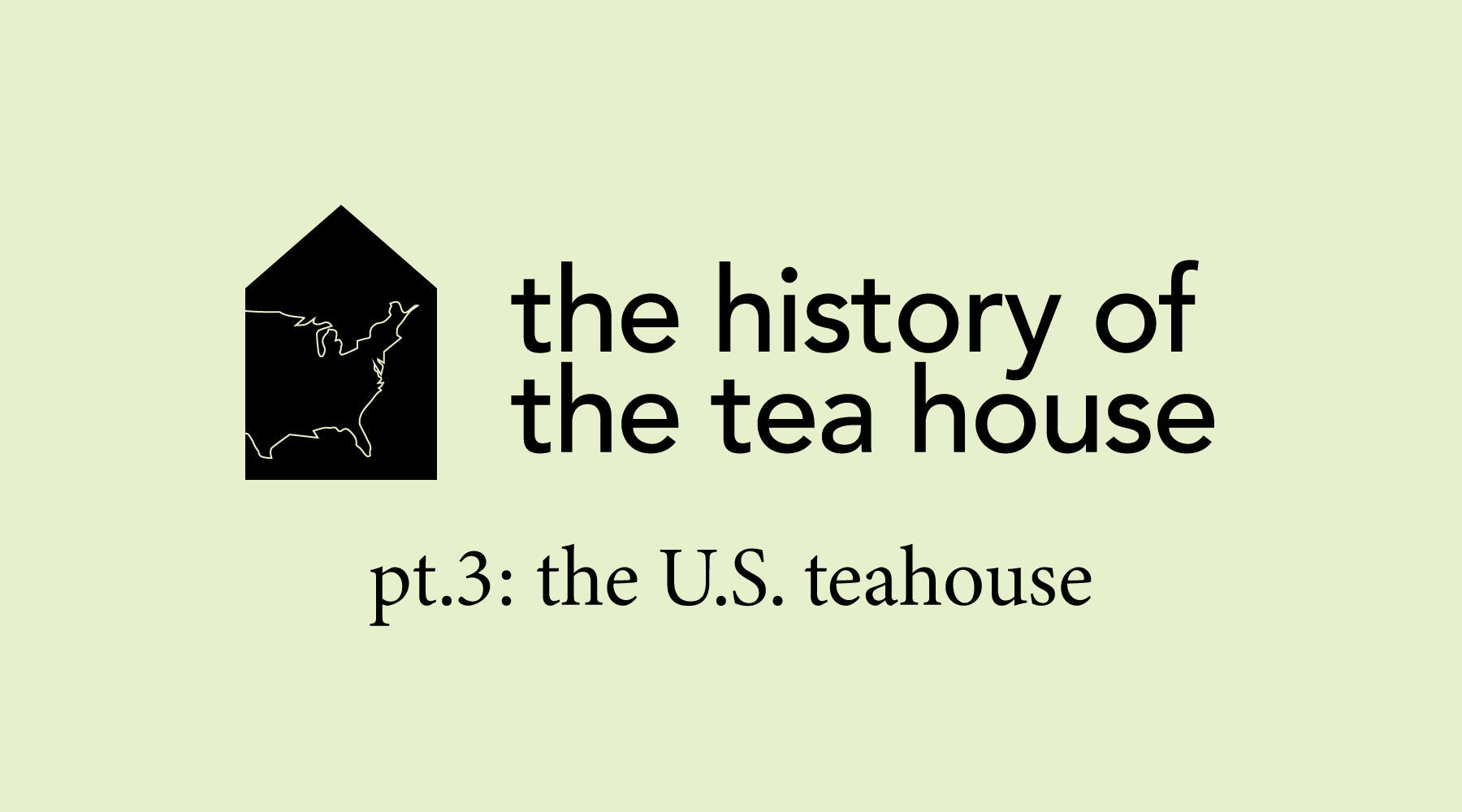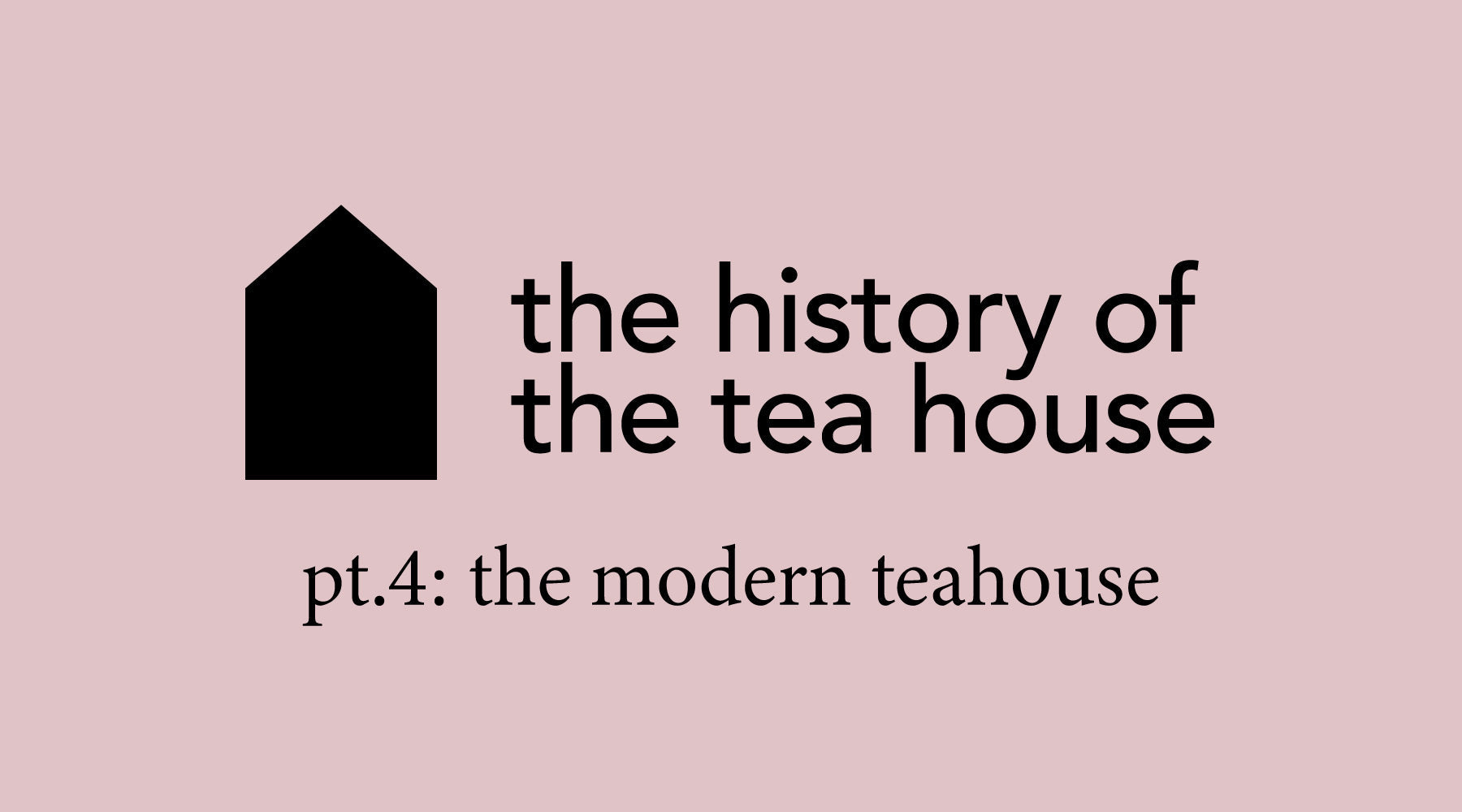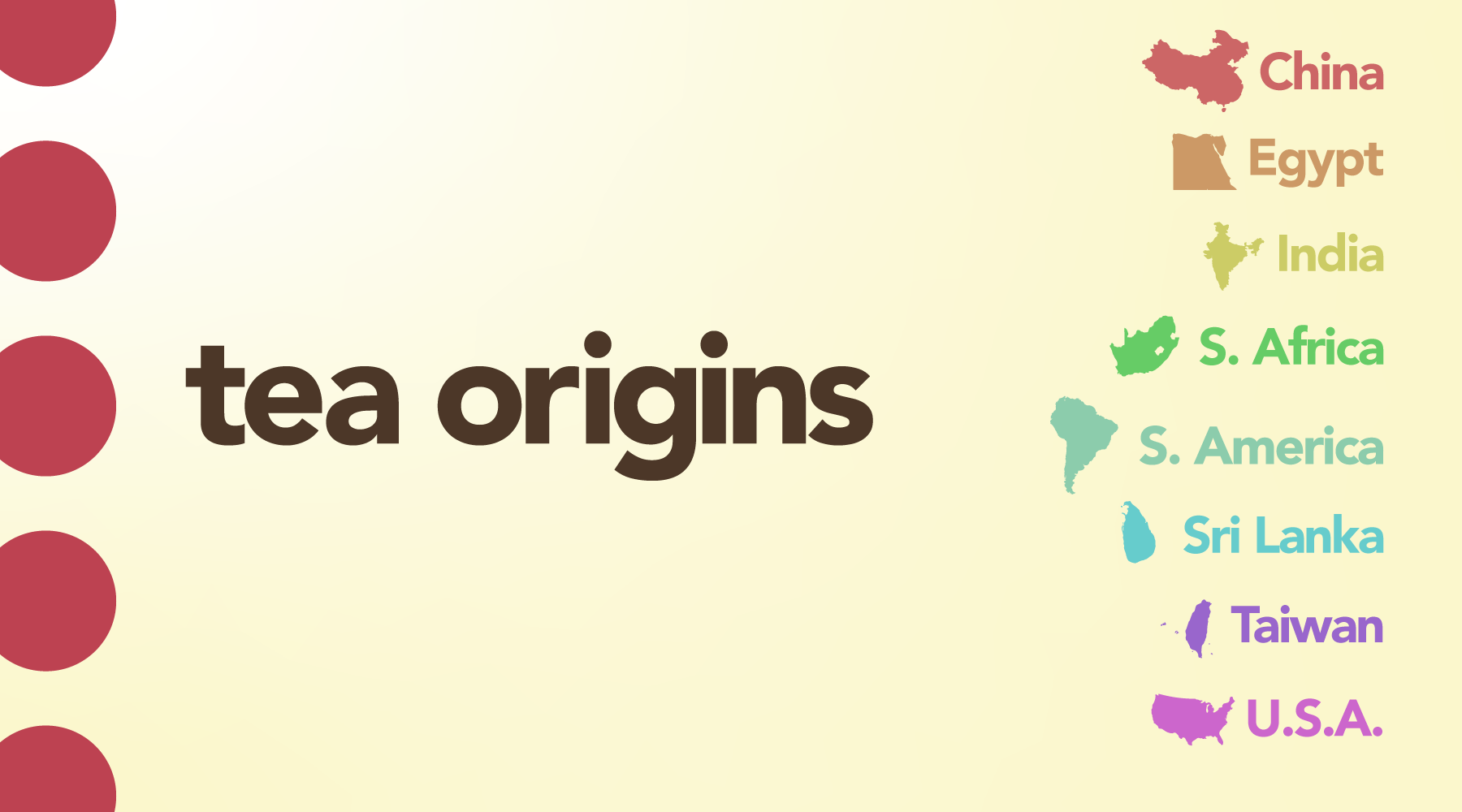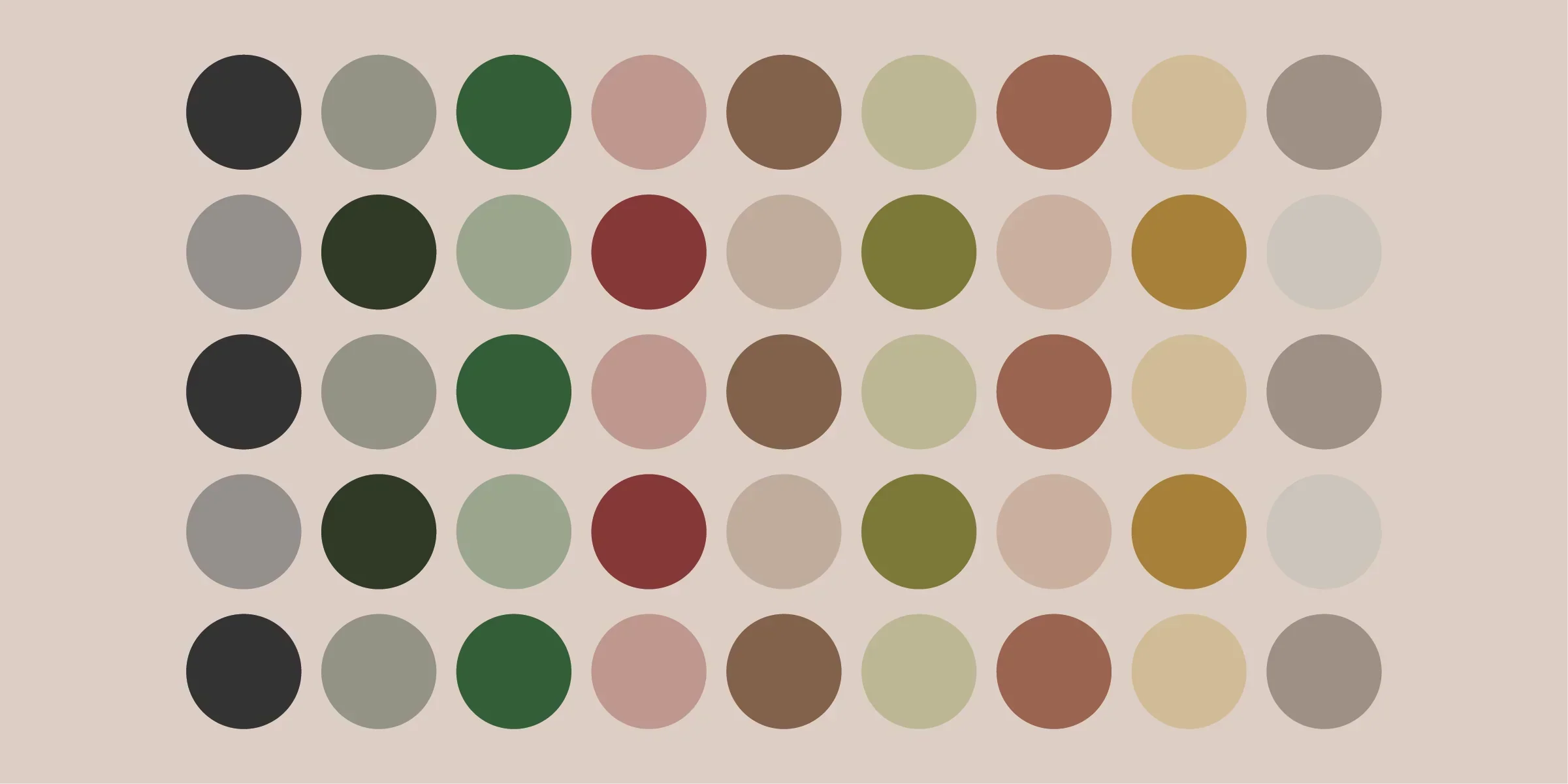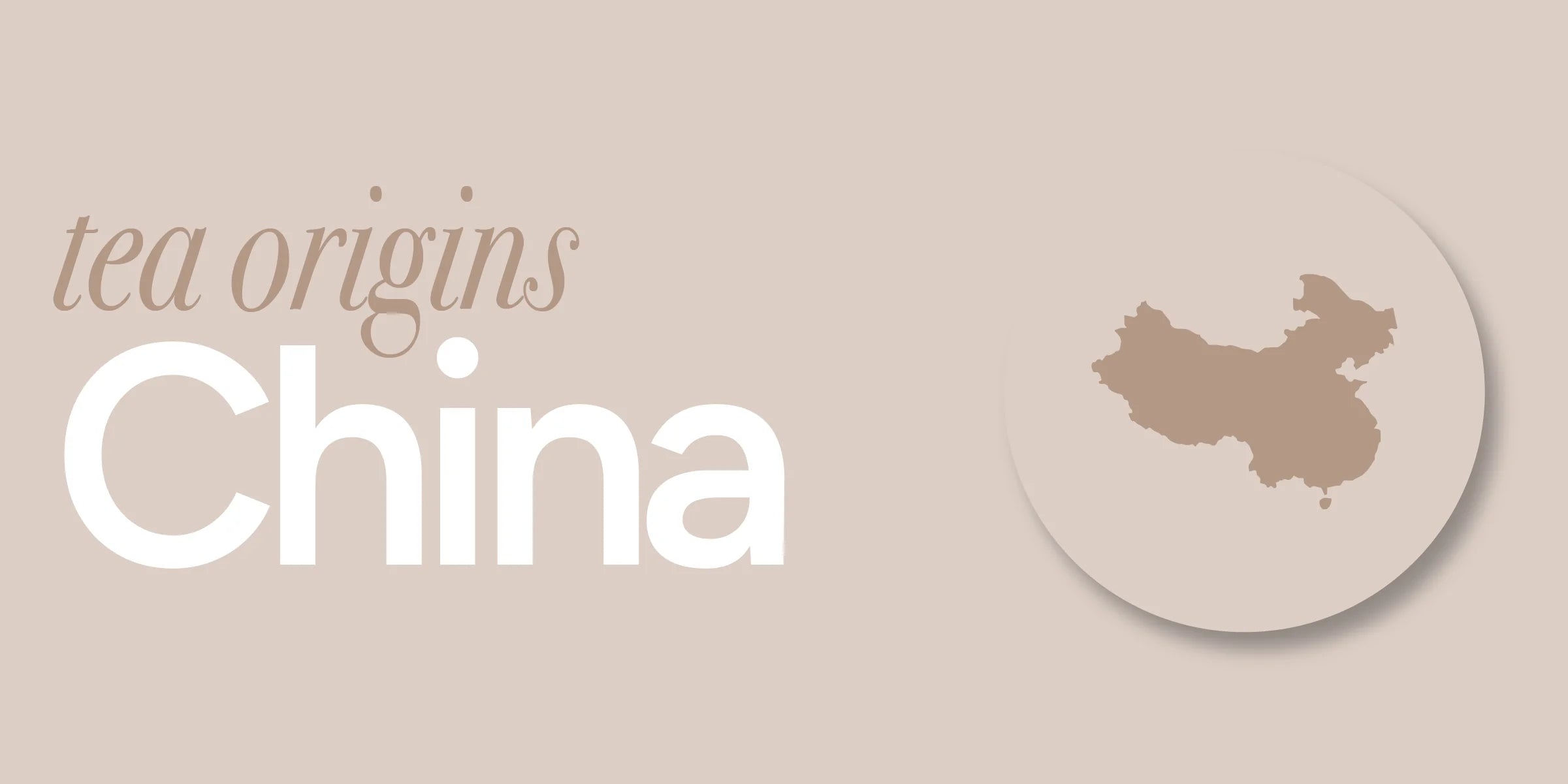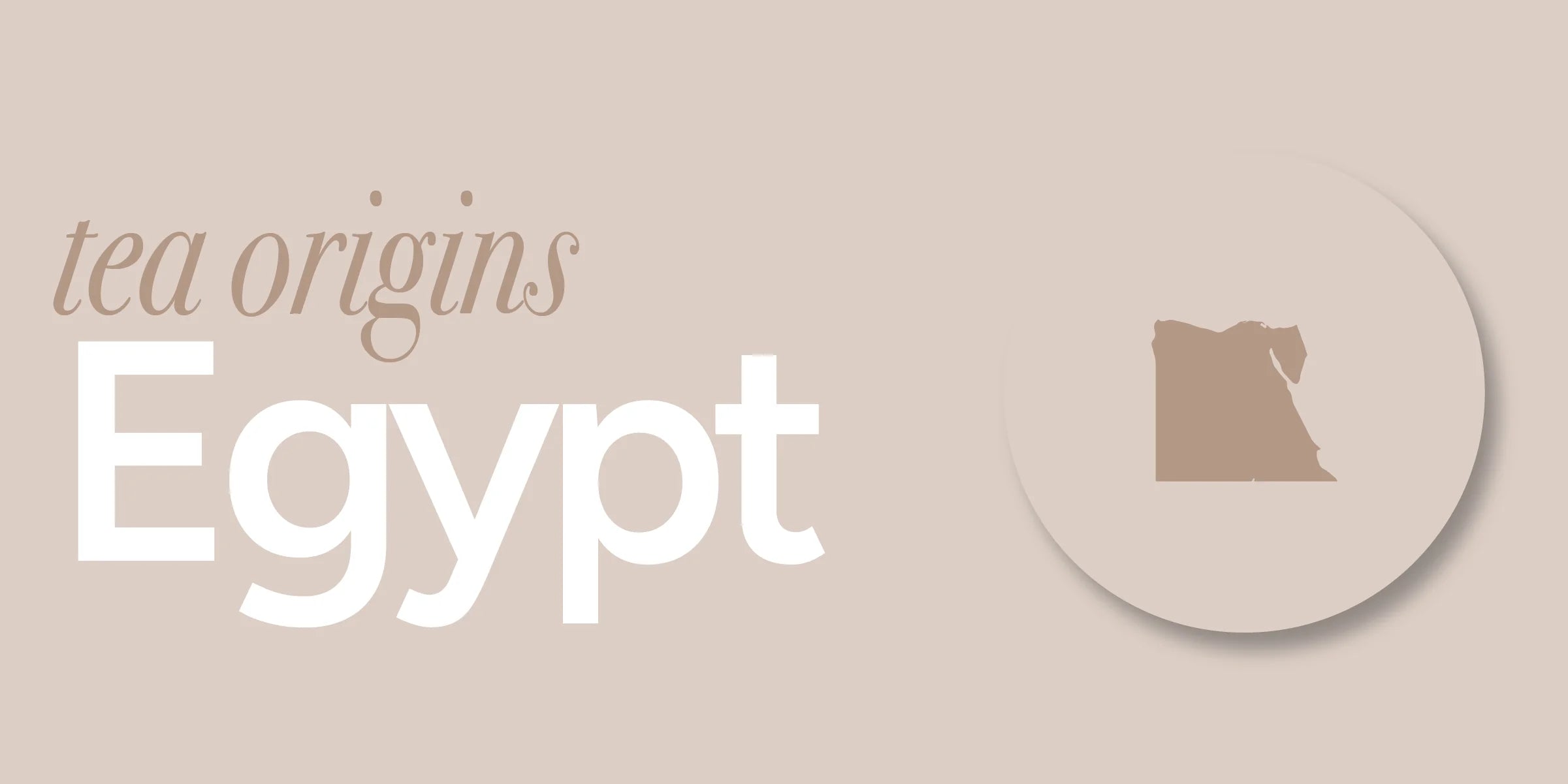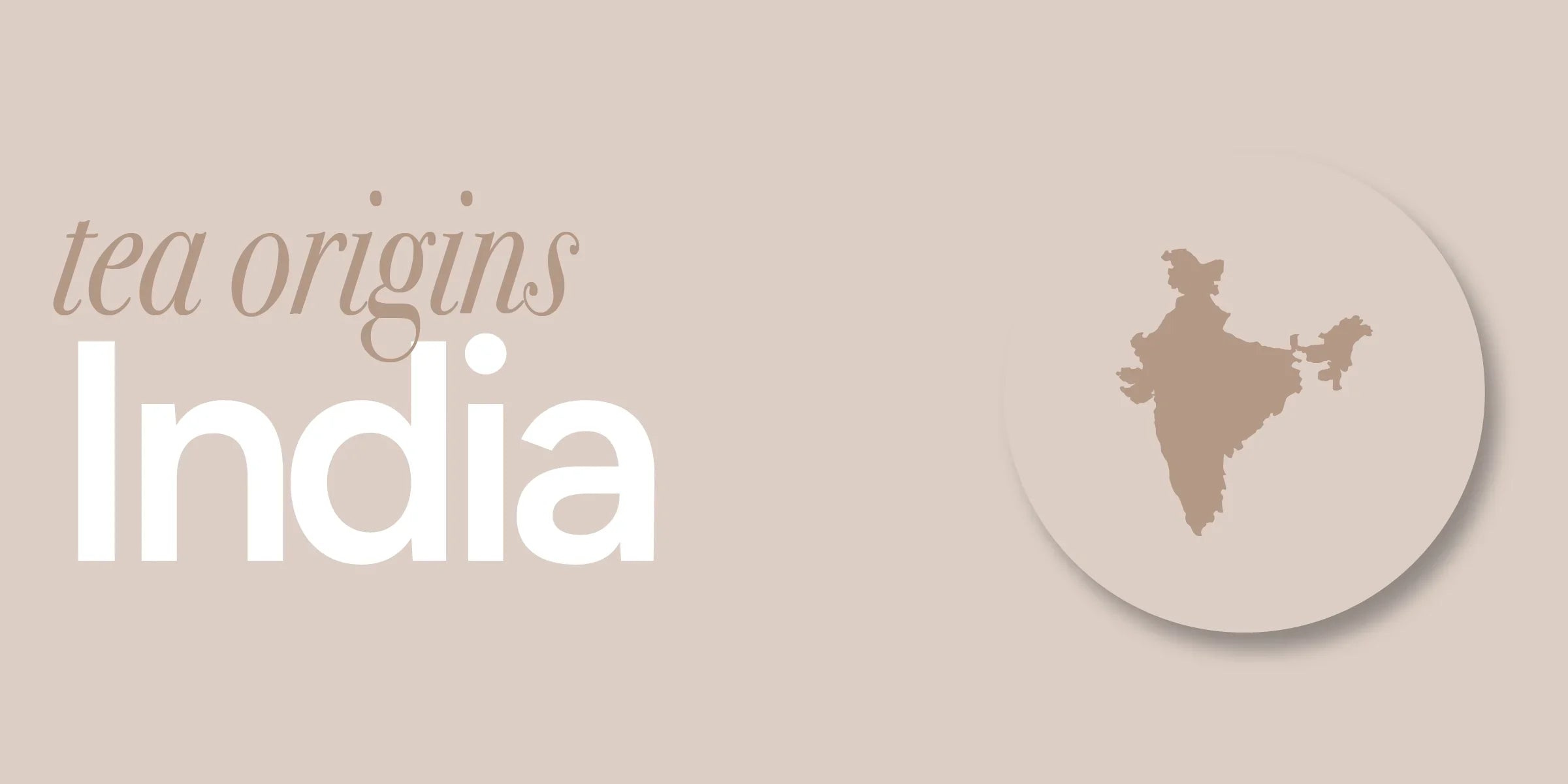Although tea itself is originally from China, the first tea party was hosted in England. In 1662 Catherine of Braganza, the wife of King Charles II, hosted the first ever tea party on record following the marriage of her and the king. Queen Catherine was originally a Portuguese princess, born into the noble house of Braganza by her father, King John IV of Portugal. As a wedding gift to King Charles II and Queen Catherine, the Portuguese royal family gave her a casket full of tea. Queen Catherine’s popularity in England had a rocky start, as she was quite different from the modern women of the time. Regardless, her position as queen was an influential one and her love for tea soon spread to her royal court and beyond.
Tea continued to be enjoyed by nobility in England throughout the 17th century. Around the turn of the 18th century, coffeehouses began to open throughout England and made both coffee and tea more accessible to the public. Tea parties in particular rose in popularity in the area throughout the 19th and 20th century. From the very beginning, tea parties were notorious for being elegant and elaborate. They had strict protocols that covered the tea itself in addition to the food, tableware, guest lists, and fashion. As tea itself became more accessible, some tea parties became more relaxed and informal. The creation of this second type of tea party led to the distinction between “afternoon tea” and “high tea.” Afternoon tea was distinguished by Anna Maria Russel, the Duchess of Bedford, in the 1840s as a formal gathering that served tea in addition to pastries, tea sandwiches, and other delicacies. High tea, on the other hand, was often served a bit later in the day and included a selection of heartier foods such as meats, eggs, and breads. Although its name may deceive you, high tea was catered towards the working class while afternoon tea was reserved for those of a higher social status.
Afternoon tea became an essential part of English culture, especially in London Society during the Georgian and Victorian eras. The tea parties were specifically catered towards women, and were particularly important to their social status. The act of hosting a tea party was seen as a great honor, and women of importance would use these parties to impress guests with their gowns, fine china, and etiquette.
While England still reigns as the “queen of tea parties” per se, tea parties have gained traction in other parts of the world as well. Japan, China, and Morocco all practice traditional tea ceremonies that are similar to tea parties in the sense that hosting and serving the tea is seen as an important role. Iran opened its own rendition of a teahouse called Chaikhanas in the late 1800s. Russia began to strongly brew tea for Zavarka in the 1920s. Here in the United States, tea time traditions stem from the British influence of colonial times. Although tea is still loved and enjoyed in the U.S., it was also used to fuel the American Revolution during the famous Boston Tea Party in 1773. During these revolutionary times, coffee was favored as a patriotic drink but now it all comes down to personal taste. Coffee vs. tea preferences aside, some of the most notable tea parties in the United States have been hosted by the First Ladies, mirroring the role of women in early London society. Whether the tea party is for international guests or the incoming first lady, many of these American women’s recipes and traditions are recorded in The White House Cookbook.
If you’re like me, and the rich history of tea parties has you feeling inspired, you’re in luck. Stay tuned for our upcoming Hackberry Tea guide on how to host the perfect summer tea party!
